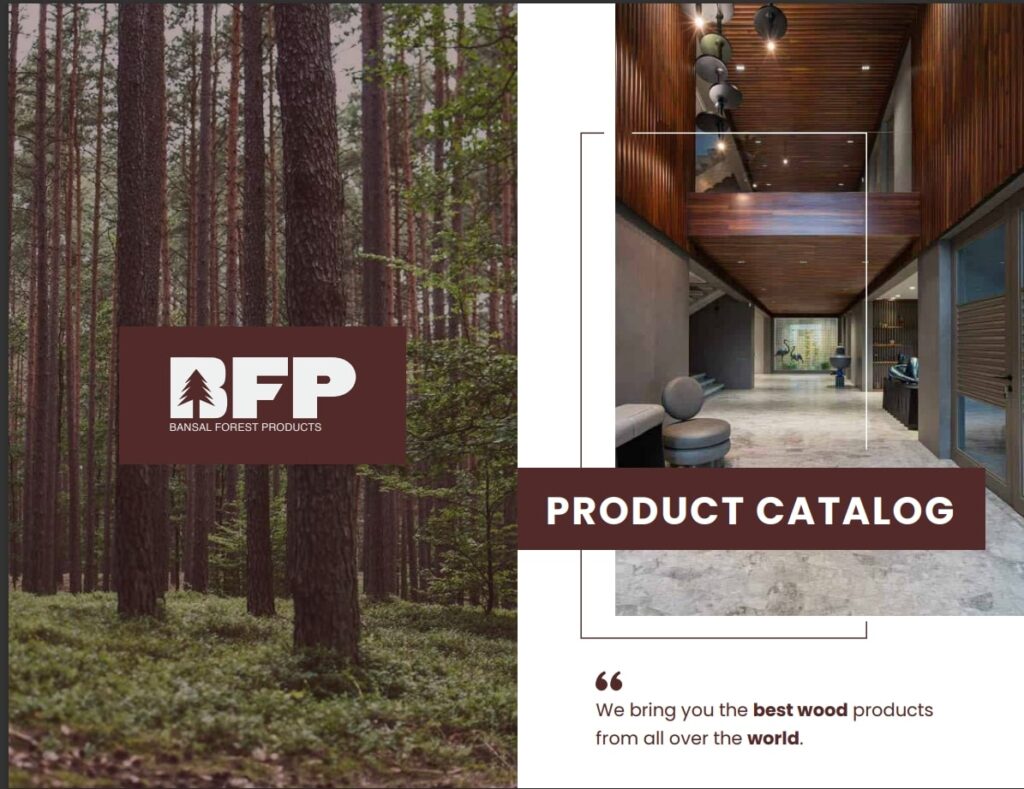Hardwood is a popular choice for many homeowners and interior designers because of its durability, beauty, and timeless appeal. It is commonly used for flooring, furniture, and decorative accents. According to exotic wood dealers in India, hardwood is susceptible to moisture, which can cause damage and lead to costly repairs or replacements. In this blog post, we will explore the impact of moisture on hardwood and provide tips on how to prevent damage.
Impact of Moisture on Hardwood
Moisture is the enemy of hardwood. When exposed to excessive moisture, hardwood can warp, buckle, and crack. This can result in unsightly and dangerous flooding conditions. The most common signs of moisture damage to hardwood include cupping, crowning, and buckling.
Cupping occurs when the edges of the planks rise, forming a concave shape. Crowning is the opposite of cupping, where the center of the board rises above the edges. Buckling occurs when the planks become completely detached from the subfloor, resulting in a wavy or rippled appearance.
Aside from these visible damages, moisture can also cause more subtle but equally damaging effects. Excessive moisture can cause the wood fibers to swell, resulting in gaps and spaces between the planks. This can lead to further moisture penetration, causing the wood to rot, mold, or even develop insect infestations.
Preventing moisture damage
According to wood suppliers, preventing moisture damage is crucial to maintaining the beauty and durability of hardwood. Here are some tips on how to prevent moisture damage to hardwood:
1. Choose the Right Type of Hardwood
Some hardwood species are more resistant to moisture than others. When purchasing hardwood, choose species naturally resistant to moisture, such as teak, cedar, and redwood. Exotic wood dealers in India can help you choose the right type of hardwood for your specific needs.
2. Install Properly
Proper installation is key to preventing moisture damage. Make sure that the subfloor is clean, dry, and level before installation. Use moisture barriers such as felt paper or plastic sheeting to prevent moisture from seeping into the wood from below. Allow the wood to acclimate to the room’s temperature and humidity levels before installation.
Professional installation is essential to preventing moisture damage to hardwood. Here are some tips on how to install hardwood properly:
Acclimation
Before installation, allow the hardwood to acclimate to the room’s temperature and humidity levels. This process can take several days or even weeks, depending on the hardwood species and the environmental conditions. Acclimation prevents the wood from expanding or contracting after installation, which can cause cupping or buckling.
3. Maintain humidity levels
Maintaining the proper humidity levels in your home can prevent moisture damage to hardwood. The ideal humidity level for hardwood is between 35% and 55%. Use a humidifier in the winter and a dehumidifier in the summer to maintain consistent humidity levels. Avoid exposing hardwood to extreme temperature and humidity changes, such as leaving windows open during rainy weather.
4. Clean and maintain regularly
Regular cleaning and maintenance can prevent moisture damage to hardwood. According to exotic wood suppliers in India, avoid using excessive amounts of water when cleaning hardwood, as this can cause moisture penetration. Use a damp mop or cloth to clean hardwood floors and dry them immediately. Avoid using harsh chemicals that can damage the wood. Regularly inspect the wood for signs of moisture damage and address any issues promptly.
5. Work with professional wood suppliers
Working with professional exotic wood suppliers in India can ensure that you are purchasing high-quality hardwood that is resistant to moisture. Exotic wood suppliers in India can provide you with the necessary information and expertise to choose the right type of hardwood and install it properly. They can also provide you with advice on how to maintain and care for your hardwood to prevent moisture damage.
6. Proper subfloor preparation
Ensure that the subfloor is clean, dry, and level before installation. The subfloor must be free of any debris, moisture, or protruding nails or screws. Any unevenness in the subfloor can cause the hardwood to warp or buckle. Use a moisture meter to test the subfloor’s moisture levels and ensure that they are within the acceptable range.
7. Use the right adhesive
According to wood suppliers, selecting the right adhesive is critical to preventing moisture damage to hardwood. It is essential to use an adhesive that is designed for hardwood flooring and is compatible with the subfloor material. Water-based adhesives are the most common, but they can cause moisture penetration if not applied correctly. It is crucial to follow the manufacturer’s instructions when applying the adhesive and to use the recommended amount.
8. Allow sufficient expansion space
Allow sufficient expansion space around the perimeter of the room and between the planks to prevent moisture damage. The recommended expansion space is 1/2 inch to 3/4 inch, depending on the room’s size and humidity levels. Expansion space allows the wood to expand and contract with changes in temperature and humidity levels without causing damage.
9. Finish and seal the hardwood
Finishing and sealing the hardwood can prevent moisture penetration and prolong its lifespan. It is essential to use a finish that is designed for hardwood flooring and is compatible with the wood species. A finish and sealer can prevent moisture penetration and protect the wood from scratches, stains, and wear.
According to exotic wood dealers in India, moisture damage can be devastating to hardwood. It can cause warping, buckling, cracking, and even rot and mold. Preventing moisture damage requires choosing the right type of hardwood, proper installation, maintaining humidity levels, regular cleaning and maintenance, and working with professional wood suppliers. By taking these precautions, you can enjoy the beauty and durability of hardwood for years to come.


